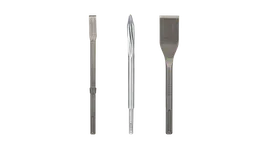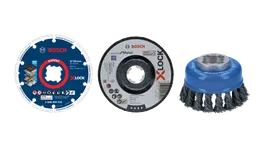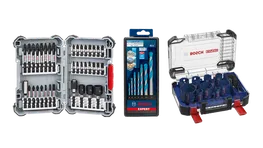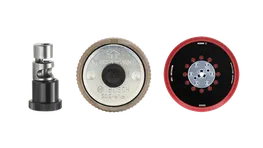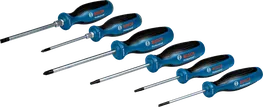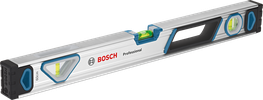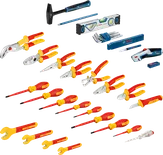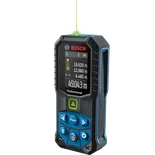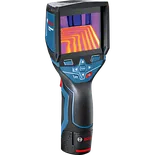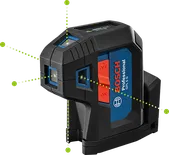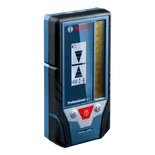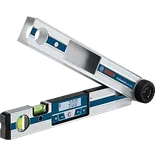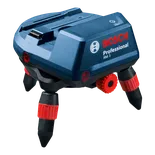Because a circular saw has a blade with a diameter anywhere between 85mm and 235mm, it is best suited to cutting quickly in a straight line, rather than round a curve.
A circular saw is designed to perform a straight cut very neatly. But using a guide accessory will give the best results. You should also ensure that your saw works at the best rpm (revolutions per minute) for the material you are cutting. Cabled circular saws from Bosch Professional are capable of up to 5900rpm, while the 18V cordless devices achieve up to 4250rpm. Depending on the material, faster may not always be better.
In addition to wood, circular saws can deal with ceramics, masonry, metal, plastics and other materials, so a specialist blade is required for each. Metal and masonry-cutting blades have no teeth. Plastic-cutting blades have a large number of teeth – up to 60. If you would like wood-cutting circular saw blades explained briefly and simply, just remember the following key facts:
- Blades for ripping (cutting with the grain) have fewer and larger teeth
- Crosscutting blades have more and smaller teeth
- Carbide tips increase longevity
Weight is a relatively unimportant factor for circular saws since they move in a straight line while supported on a surface. Even a tool of 4kg plus will move through materials swiftly and smoothly. What helps this ease of movement is the grip handle positioned close to the centre of gravity of the tool. The Bosch Professional range does also include particularly small and light circular saws for jobs where you are moving the tool around a lot and do not require deep cutting.







